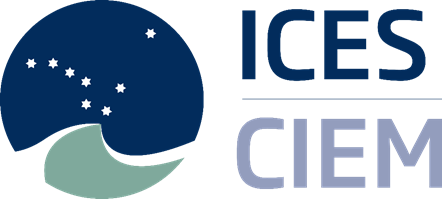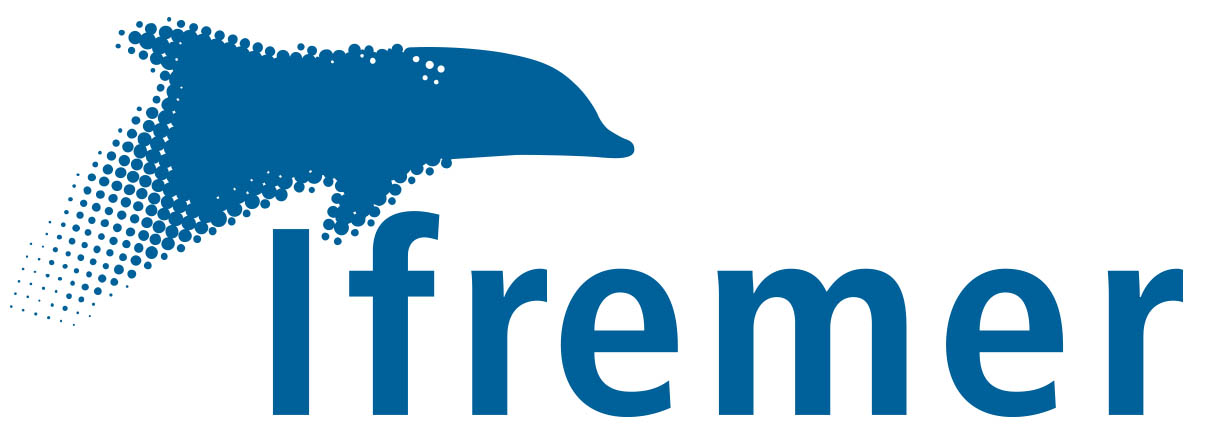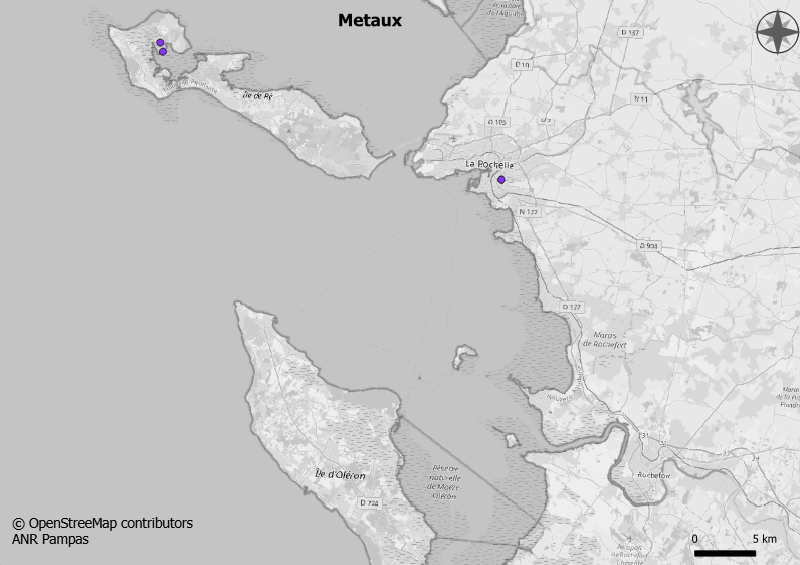contaminants
Type of resources
Available actions
Topics
Keywords
Contact for the resource
Provided by
Years
Formats
Representation types
Update frequencies
status
-

SUCHIMED 2021 is the 10th campaign for monitoring chemical contamination and its evolution in the Mediterranean Sea. It has been designed as a platform supporting various surveillance and research activities, with the main pillar being the RINBIO network, which involves active biosurveillance through mussel caging. Regarding chemical contamination, the main results of this campaign are as follows: In Occitania region: - Chronic presence of DDT for 20 years. - Detection of terrigenous markers (Mn, As) between the mouths of the Aude and Hérault rivers, along with contamination of sediments near Port-La-Nouvelle by HAP and TCE (Pt). In PACA region: - PCB markers detected between the Rhône River and Marseille (in all matrices), originating from multiple sources with no significant changes over the past 20 years. - HAP contamination in sediments of the industrial-port zone in Fos. - Presence of TBT at the Carry-le-Rouet station above ecologically acceptable concentrations (EAC), to be confirmed in the next campaign. - Detection of metallic elements and HAP in sediments near the Marseille urban area, partly in plankton, along with TCE near the Cortiou wastewater treatment plant outfall. - Chronic marking of PCB, HAP, metals (Hg, Pb, Cu, TCE), PBDE, and/or organotin compounds (TBT) in Toulon Bay, showing no significant temporal trend over two decades for the first five compounds. - Detection of Cr, Mn, and Ni in the water column and HAP in sediments near the Var River mouth, with differences in contamination between matrices raising questions about organic matter origin. - Metal (including Pb) and HAP marking in the water column and sediment in Villefranche Bay. Around Corsica: - Strong influence of the island's geological background (i.e., high Cr and Ni content) on obtained concentrations. - Chronic marking of Cu in the water column in the ports of Porto-Vecchio and Bonifacio, stable over time, with HAP, metals (Hg, Pb, Zn), and to a lesser extent, PCB detection in Bonifacio sediment. - Marking of HAP and TCE in the sediment of the Bastia coastline. - Detection of Pb and TCE at the Golo River mouth. - Contamination of the Canari site with metals (Cr and Ni in the water column, Cu in sediment), and notably, confirmed ecotoxicity likely linked to these elements. The 2021 campaign highlighted the feasibility of researching effects on caged mussels using biomarkers. Lysosomal markers, less sensitive to trophic differences, proved to best reflect the general stress state of organisms related to their contamination. The study of trophic transfers appears to confirm the decrease in most metallic elements (Cr, Cu, Fe, Mn, Ni, Pb) and HAP, bioamplification of Hg and PCB, and specific bioaccumulation of certain elements by organisms (e.g., As or Zn by mussels, HAP by plankton). Finally, the campaign revealed the presence of micro and mesoplastics at almost all sampled sites. The measured microplastic values align with concentrations observed in the western Mediterranean, with a trend towards reduction based on available 10-year data.
-

The International Council for the Exploration of the Sea (ICES), is a global organization that develops science and advice to support the sustainable use of the oceans. ICES is a network of more than 5,000 scientists from over 690 marine institutes in 20 member countries and beyond. 1,500 scientists participate in our activities annually. ICES has a well-established Data Centre, which manages a number of large dataset collections related to the marine environment. The majority of data – covering the Northeast Atlantic, Baltic Sea, Greenland Sea, and Norwegian Sea – originate from national institutes that are part of the ICES network. The ICES Data Centre provides marine data services to ICES member countries, expert groups, world data centres, regional seas conventions (HELCOM and OSPAR), the European Environment Agency (EEA), Eurostat, and various other European projects and biodiversity portals. ICES aims to provide all data collections online and according to the ICES Data policy, which enables open access to all data that are do not fall under specific commercial or personal privacy concerns.
-

Mesures de concentrations en contaminants chimiques (organiques et métalliques) dans des poissons et céphalopodes prélevés lors des campagnes halieutiques mises en œuvre par l'Ifremer : EVHOE 2017, CGFS 2018, MEDITS 2017 et PELMED 2017.
-

Les mesures des concentrations en métaux (Hg, Cd, Pb, As...) ont été réalisées dans les espèces représentatrices des réseaux trophiques aquatiques. Ceci avant (automne 2019) et après (automne 2021) les travaux de reconnexion à la mer pour Tasdon. Ceci au niveau d'un pré salé (Bossys) et d'un vasais endigué (Lilleau des Niges) en juin 2021 au Fier d'Ars.
-

Fichier présentant les données d'origine et la méthode de détermination des coûts inhérents à la mise en œuvre du réseau de mesure de la toxicité globale des sédiments, REMTOX pour l'année de référence 2016
-

Fichier présentant les données d'origine et la méthode de détermination des coûts inhérents à la mise en œuvre du réseau d'observation des contaminants en Méditerranée, CONTAMED pour l'année de référence 2016
-

Fichier présentant les données d'origine et la méthode de détermination des coûts inhérents à la mise en œuvre du réseau d'observation de la contamination chimique, ROCCH pour l'année de référence 2016.
-

Fichier présentant les données d'origine et la méthode de détermination des coûts inhérents aux dépenses réalisées par les industriels des secteurs de la chimie et de la pharmacie en réponse au réglement REACH, pour les années couvrant la période allant de 2012 à 2017.
-

Fichier présentant les données d'origine et la méthode de détermination des coûts inhérents aux suivis des opérations de dragages au sein des grands ports maritimes pour les années couvrant la période allant de 2012 à 2016.
-

Fichier présentant les données d'origine et la méthode de détermination des coûts inhérents à la mise en œuvre du réseau national de surveillance des ports maritimes pour les années couvrant la période allant de 2014 à 2017.
 Catalogue PIGMA
Catalogue PIGMA